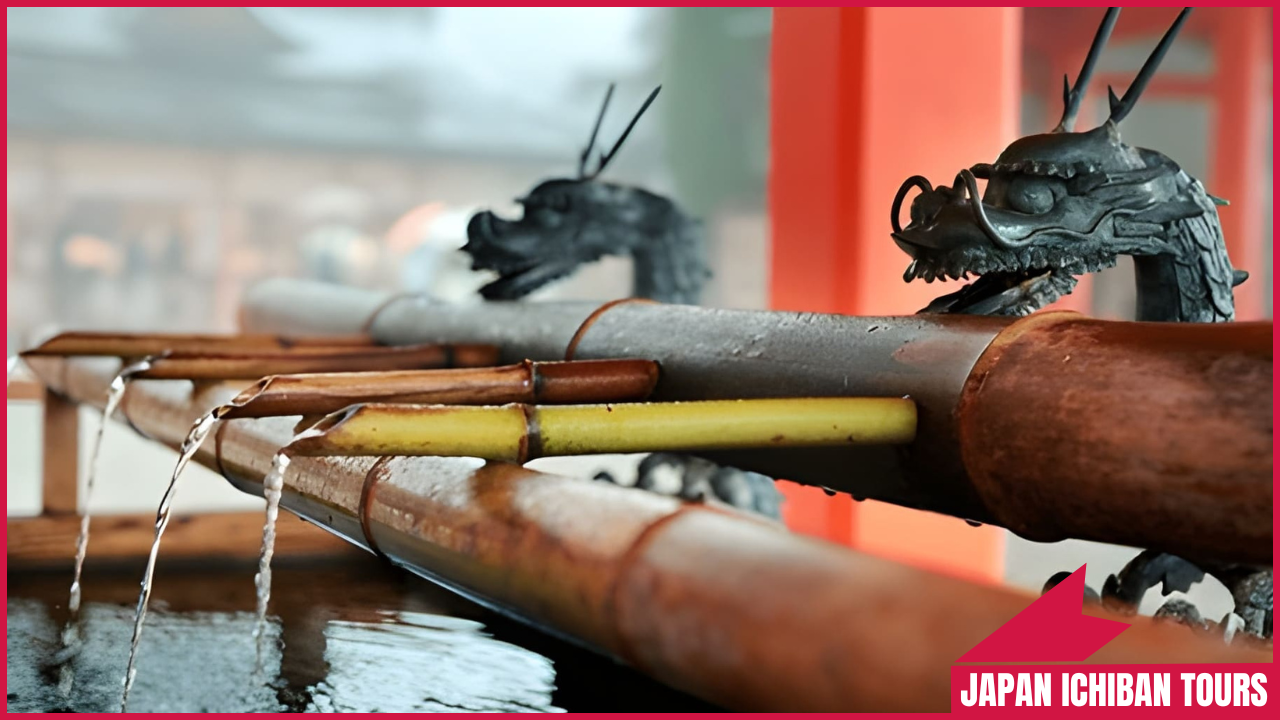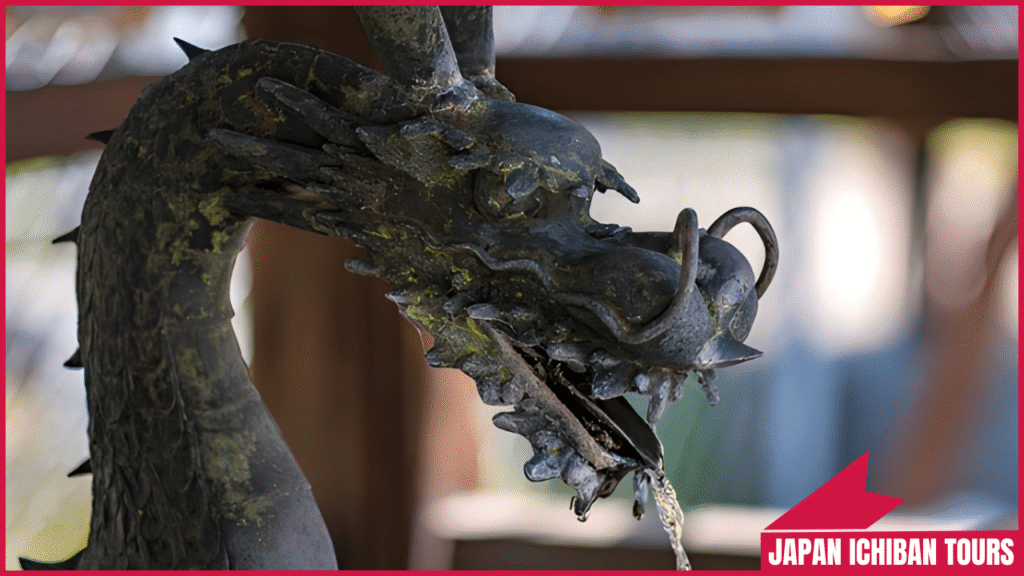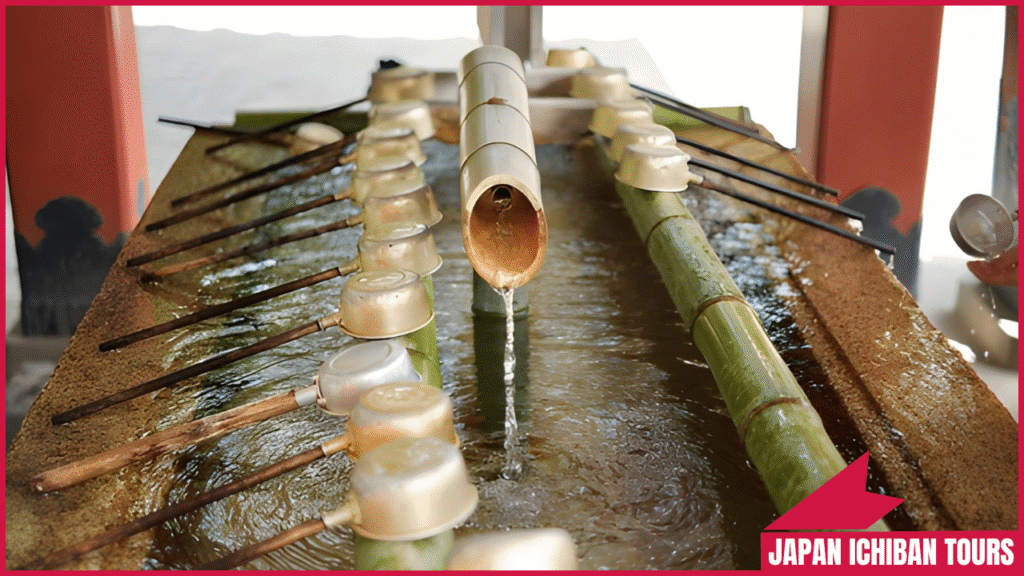
Kyoto, Japan’s cultural heart, attracts millions of travelers with its temples, festivals, and cuisine. But a common question arises: Can you drink tap water in Kyoto?
This comprehensive guide answers that question, detailing water safety, quality, taste, and practical tips for staying hydrated in 2025.
Whether you’re exploring Fushimi Inari or dining in Gion, here’s everything you need to know for a worry-free trip, including sustainable hydration options and insights for travelers. Check More Here: Best Places to Visit in Japan – Hidden Gems and Travel Tips in 2025
Yes, Kyoto’s tap water is safe to drink in 2025. Japan maintains some of the world’s strictest water quality standards, and Kyoto’s municipal water system is no exception. Sourced primarily from Lake Biwa and the Yodo River, Kyoto’s water undergoes rigorous treatment and regular testing to meet national safety regulations set by the Ministry of Health, Labour and Welfare. The water is free of harmful bacteria, heavy metals, and contaminants, making it potable for locals and visitors alike.
Kyoto’s tap water is generally tasteless or mildly sweet due to its low mineral content and soft water profile (hardness ~50–80 mg/L). Unlike harder water in some European cities, Kyoto’s water feels smooth and is ideal for drinking and cooking. However, slight chlorine notes may be noticeable, especially in older buildings with aging pipes.
| Aspect | Details | Traveler Tip |
|---|---|---|
| Safety | Meets Japan’s strict standards | Safe to drink without additional filters |
| Taste | Mildly sweet, soft water | Use a filtered bottle for sensitive palates |
| Chlorine Levels | Low (0.1–0.4 mg/L) | Barely noticeable; boil if preferred |
Kyoto’s tap water is widely accessible, and the city promotes eco-friendly hydration with public facilities. Here’s where to find it:
Most hotels, from budget (~$30/night) to luxury ryokan (~$150–$300/night), provide tap water in rooms and dining areas. Many offer complimentary filtered water dispensers in lobbies.
Restaurants in Kyoto, especially in Gion or Pontocho, serve tap water upon request (free). Some cafes, like % Arabica near Kiyomizu-dera, have self-serve water stations.

Kyoto has embraced sustainable tourism with “mizu stations” (public water fountains) in 2025, especially near temples like Kinkaku-ji and tourist hubs like Kyoto Station. These are free and designed for refilling reusable bottles.
While Kyoto’s tap water is safe, some travelers prefer bottled water for convenience or taste. Here’s a comparison:
| Option | Cost | Pros | Cons |
|---|---|---|---|
| Tap Water | Free | Safe, eco-friendly, widely available | Slight chlorine taste in some areas |
| Bottled Water | $1–$3 (500ml) | Consistent taste, portable | Environmental impact, cost adds up |
Kyoto’s tap water poses no health risks for most travelers. The city’s water treatment removes pathogens like E. coli, and lead levels are well below WHO guidelines (≤0.01 mg/L). However, sensitive travelers or those with specific health needs should consider:
Kyoto’s 2025 tourism initiatives emphasize eco-friendly practices, encouraging travelers to reduce plastic waste. Here’s how to stay hydrated sustainably:
Kyoto’s humid summers (25–35°C) and chilly winters (0–10°C) demand consistent hydration. Carry a 500ml–1L bottle and refill at public stations or restaurants. Vending machines (~$1–$2 for drinks) are everywhere but less sustainable.
English signage for water stations is common, but knowing basic phrases helps:
Tap water is free, saving ~$10–$20 daily compared to bottled water. Pair with konbini snacks (~$2–$5) for affordable meals while exploring.
A slight chlorine or metallic taste may occur in older buildings. Use a filtered bottle or buy a single bottle of Suntory Tennensui (~$1.50) for sensitive palates.
Yes, even in rural areas like Arashiyama or Ohara, tap water meets the same strict standards. Refill at ryokan or local cafes.
Kyoto’s koban (police boxes) near major sites can guide you to water stations. Convenience stores like 7-Eleven are ubiquitous for bottled options.

Kyoto’s water is more than just a resource—it’s integral to its culture. The city’s pure water from Lake Biwa is used in tea ceremonies, sake brewing, and tofu-making, earning it the nickname “the city of pure water.” At temples like Kiyomizu-dera, visitors sip from sacred springs (not for daily drinking) for blessings, highlighting water’s spiritual role.
In 2025, Kyoto’s tap water is safe, high-quality, and widely accessible, making it an excellent choice for travelers. From refilling at mizu stations to savoring its purity in tea ceremonies, tap water is both practical and eco-friendly. With tips like carrying a reusable bottle and using the Refill Kyoto program, you can stay hydrated sustainably while exploring Kyoto’s temples, markets, and hidden gems. Drink confidently and enjoy your Kyoto adventure worry-free.
Is tap water safe to drink in Kyoto?
Yes, Kyoto’s tap water meets Japan’s strict safety standards, with low chlorine and no harmful contaminants.
Does Kyoto’s tap water taste good?
It’s mildly sweet and soft, though some areas may have a slight chlorine taste; a filtered bottle can help.
Where can I refill my water bottle in Kyoto?
Use public mizu stations at Kyoto Station, Fushimi Inari, or Nishiki Market, or ask for tap water at restaurants.
Should I buy bottled water instead?
Tap water is safe and free, but bottled options like Suntory Tennensui (~$1.50) are available for convenience.
How can I stay hydrated sustainably in Kyoto?
Carry a reusable bottle and use Refill Kyoto stations to reduce plastic waste.

Discover Japan Like Never Before 🇯🇵








Copyright © 2025 Japan Ichiban Tours | made with ❤️ by ideavire.com
Please select a template first

0 Comments